The RF (Radio Frequency) record and playback instrument, as a specialized test and measurement tool, plays a crucial role in multiple fields such as wireless communications, radar systems, electronic warfare (EW), spectrum monitoring, and scientific research/education. It can not only capture RF signals in real-time and save them for subsequent analysis but also precisely reproduce past RF events in a laboratory environment. This capability helps researchers, engineers, and technicians gain a deep understanding of system performance, fault causes, or signal characteristics. The following details the diverse application scenarios of RF record and playback instruments.
1. Troubleshooting in Wireless Communications and Radar Systems
Within wireless communications and radar systems, RF record and playback instruments provide critical data support. When system failures occur, engineers can quickly locate problems and perform accurate fault diagnosis by replaying and analyzing recorded RF signals. This significantly reduces troubleshooting time and enhances system maintenance efficiency. For example, if a radar system suddenly exhibits signal anomalies during operation, engineers can use an RF record and playback instrument to replay the preceding RF signals. They might discover the issue stems from signal interference. Once the root cause is identified, engineers can swiftly implement corrective measures to restore normal system operation.
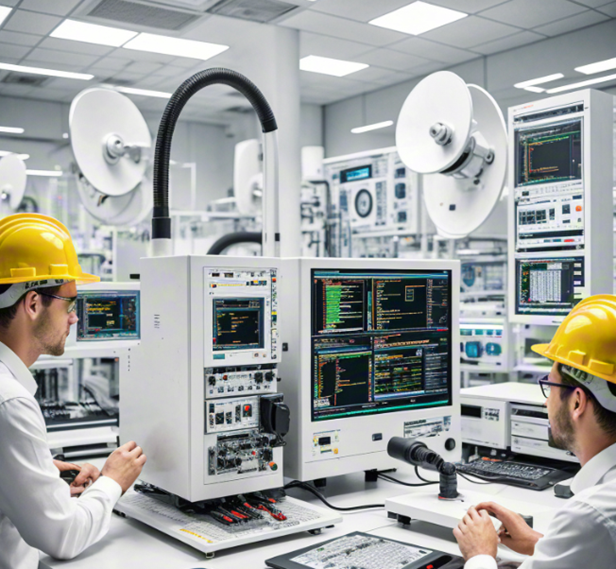
2. Spectrum Monitoring and Management
With the continuous advancement of wireless communication technologies, spectrum resources are becoming increasingly scarce. Effective spectrum utilization requires ongoing monitoring and management. RF record and playback instruments can record spectrum usage, including signal frequency, bandwidth, power, and other information. Analyzing this data provides insights into spectrum occupancy, offering a basis for spectrum management and planning. In a city's spectrum monitoring project, an RF record and playback instrument recorded signal usage across multiple frequency bands in the area. Analysis of this data enabled planners to develop a rational spectrum allocation scheme, ensuring the smooth operation of communication systems.

3. Military Exercises and Electronic Warfare Training
Military exercises and electronic warfare training require the simulation of complex electromagnetic environments (EME). RF record and playback instruments can capture RF signals from real-world environments and replay them in laboratories or simulated settings to recreate authentic electromagnetic conditions. This is vital for evaluating system performance under complex EME, developing countermeasures, and other aspects. During a military exercise, an RF record and playback instrument captured RF signals from a real battlefield environment and replayed them in a lab. By simulating the actual EME, trainees could better adapt to battlefield conditions and improve combat capabilities.
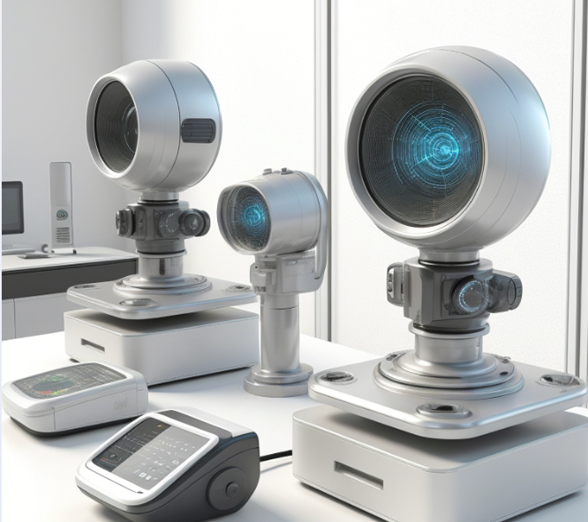
4. Navigation Satellite Signal Testing
Portable GNSS satellite signal RF record and playback instruments can record single or multiple RF signals in real-time within fixed or mobile environments, making them highly significant for navigation satellite signal testing. They enable long-duration recording of satellite signals under various conditions, which can be played back multiple times in the lab to verify product performance. On a navigation equipment production line, engineers used an RF record and playback instrument to record satellite signals and conducted multiple playback tests in the lab. This method allowed engineers to accurately assess the performance of navigation devices and ensure product quality.
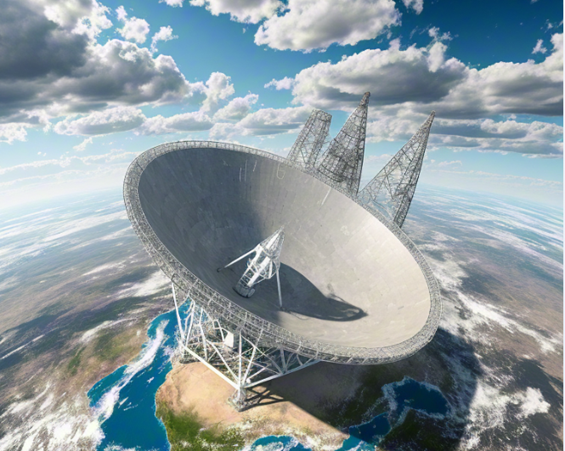
5. Automotive Electronics Testing
RF record and playback instruments also find widespread application in scenarios like automotive autonomous driving and medical electronics testing. For instance, in autonomous vehicle technology testing, they can record surrounding RF signals, including Wi-Fi, Bluetooth communication signals, and signals from sensors like radar and LiDAR. By replaying these signals in the lab, engineers can evaluate the performance of the autonomous driving system, optimize algorithms, and enhance system stability and safety.

6. Testing in Complex Electromagnetic Environments
In complex EMEs, such as high-speed rail stations, train stations, subways, marketplaces, airports, etc., RF record and playback instruments can capture the real electromagnetic environment and replay the collected signals in the lab to test product performance. During communication equipment testing at an airport, an RF record and playback instrument recorded RF signals within the complex surrounding EME and performed playback tests in the lab. This approach enabled engineers to evaluate the equipment's performance under such conditions, ensuring its ability to operate normally.

Product Introduction 1:RF Record and Playback Instrument MP7600
The broadband RF record and playback system MP7600 is a professional RF record and playback device system equipped with real-time RF signal analysis, recording, and playback capabilities. It features a maximum real-time RF signal analysis, recording, and playback bandwidth of 100MHz, with support for adjustable bandwidth from 2MHz to 100MHz. Additionally, the MP7600 offers functions like spectrum analysis and power measurement, catering to diverse application needs. Its core functionality is capturing actual RF signals from real-world scenarios and faithfully reproducing them in the laboratory. This addresses a key pain point where standard signal sources, including noise simulators, often fail to accurately replicate real-world signals.
The MP7600 is an industry pioneer, being the first standalone device to support 100MHz real-time RF recording bandwidth. It boasts an ultra-wide frequency range (supporting up to 6GHz), recording bandwidth (supporting 100MHz), and offers a solution for synchronizing and cascading up to six devices to build a synchronized RF recording system. Besides meeting ETC test applications, the MP7600 can fulfill more emerging test requirements, such as broadband satellite signal recording, WiFi signal recording, and multi-channel simultaneous recording.
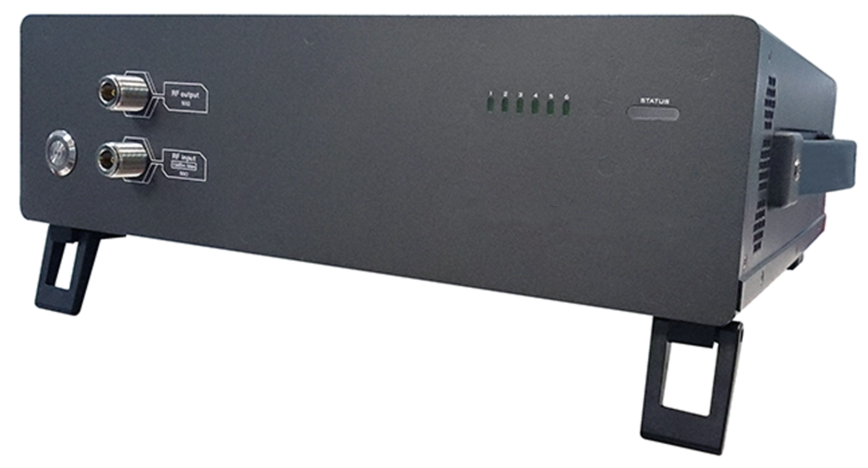
Product Introduction 2: RF Electromagnetic Environment Parallel Acquisition and Playback System RFCS
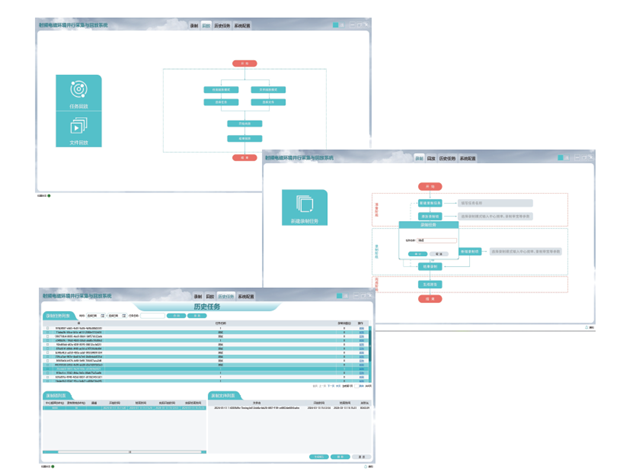
The RF Electromagnetic Environment Parallel Acquisition and Playback System (RFCS) is a specialized test system designed for monitoring, acquiring, storing, and replaying the RF electromagnetic environment. This system integrates high-performance hardware equipment with supporting functional software, enabling the acquisition of complex RF electromagnetic environment signals. Combined with its playback capability, it enhances the reliability of electromagnetic testing in laboratory environments for users. The RFCS features ultra-wide signal recording/playback bandwidth, ultra-high signal acquisition/playback fidelity, support for multi-channel parallel acquisition/playback processing, scheduled recording, and more. It captures and stores electromagnetic signals from the current environment and supports high-fidelity RF playback.
The RFCS consists of two main parts: the RF signal recording, playback, and processing unit, and the data processing and network control unit. The overall system architecture is shown in the figure below.
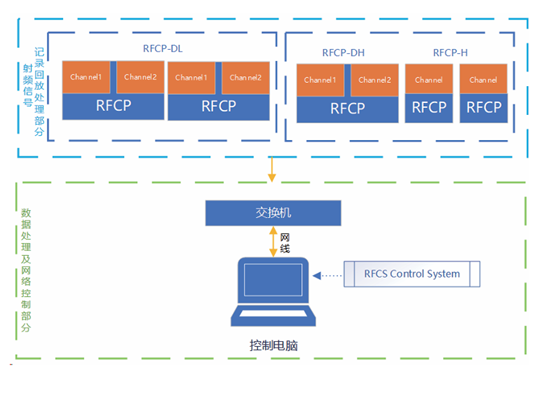
RF record and playback instruments have a broad application background across numerous fields, and their importance is self-evident. With continuous technological advancement, the performance and functionality of RF record and playback instruments will keep improving, leading to deeper and wider applications in various domains. Whether in wireless communications, radar systems, electronic warfare, or spectrum monitoring, RF record and playback instruments will become indispensable testing tools.